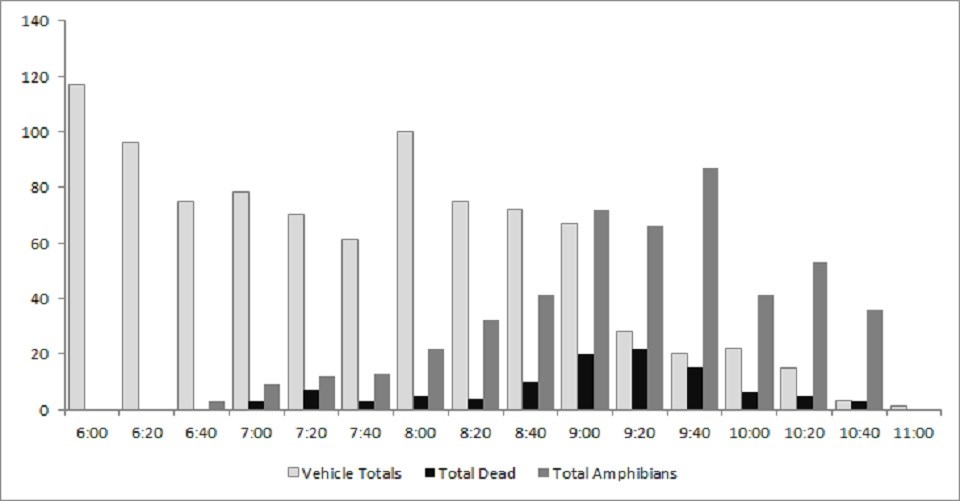Last updated: October 8, 2020
Article
Amphibian Study at Cuyahoga Valley National Park

NPS-Photo
Each year from February through April, many frogs, toads, and salamanders in Northeastern Ohio emerge from the forest at night to move towards areas with water where they breed. During this journey, these animals may have to cross roads. This is difficult in Cuyahoga Valley National Park, an area with many natural areas and many roads. Cars and trucks may accidentally run over these animals, especially when they are moving in large numbers.

NPS-Photo

NPS
